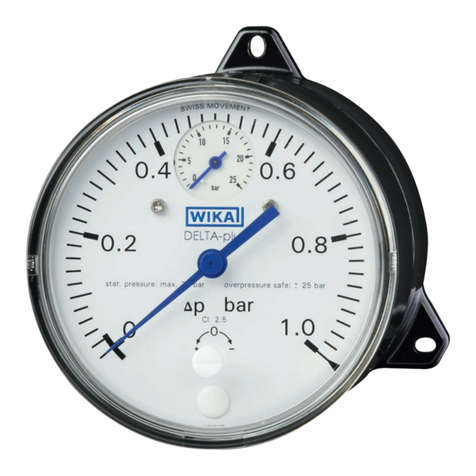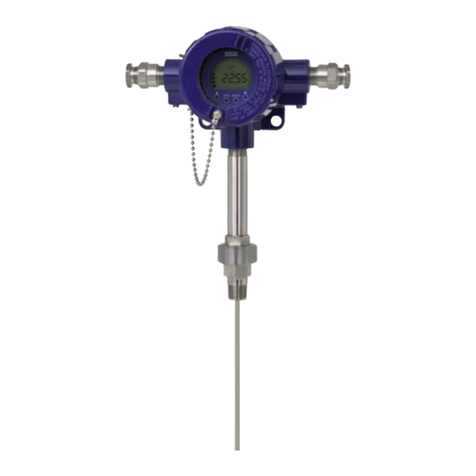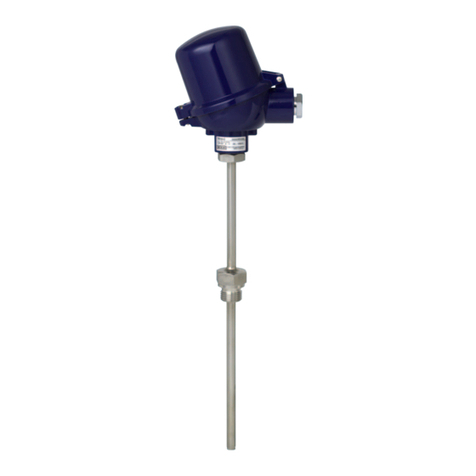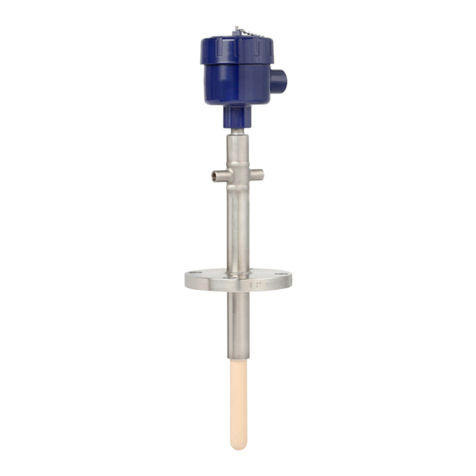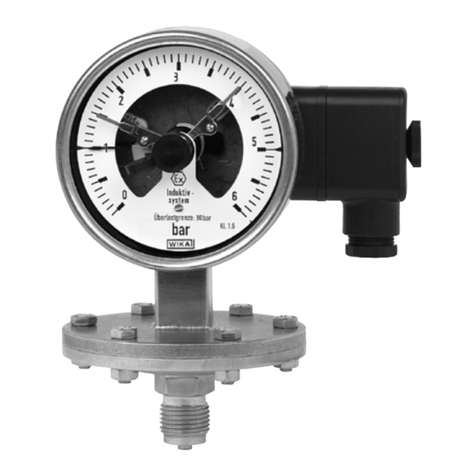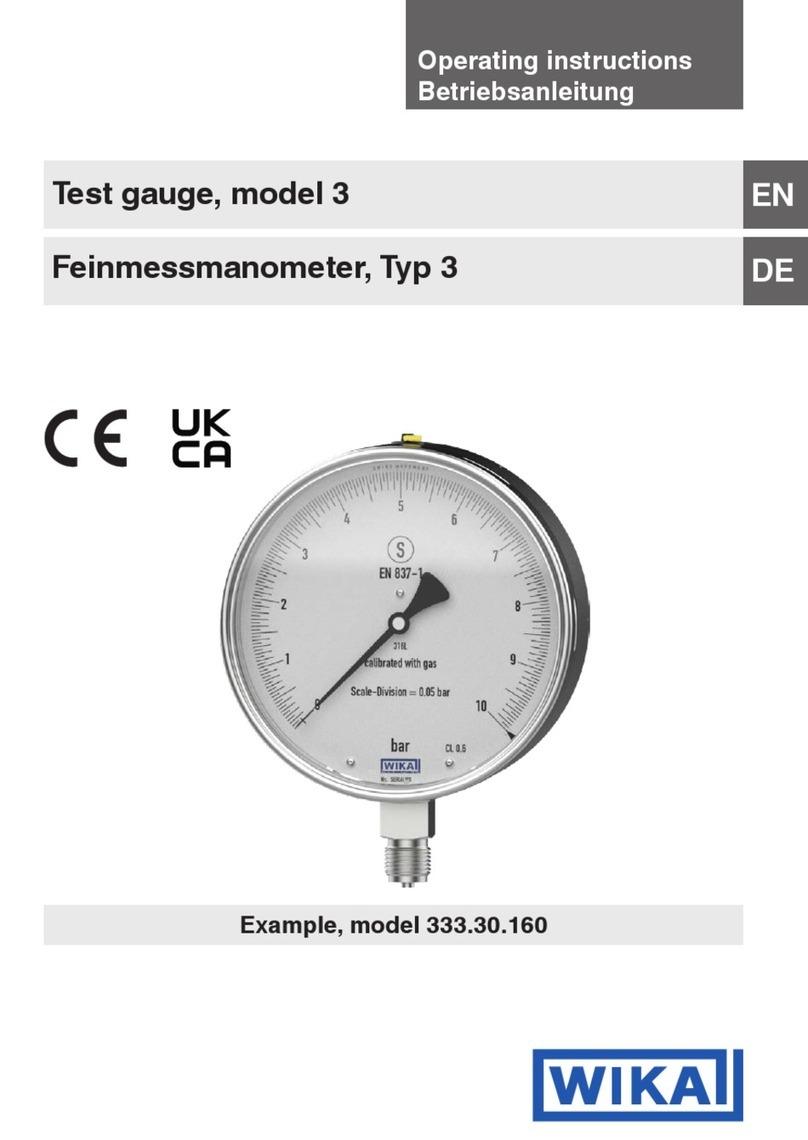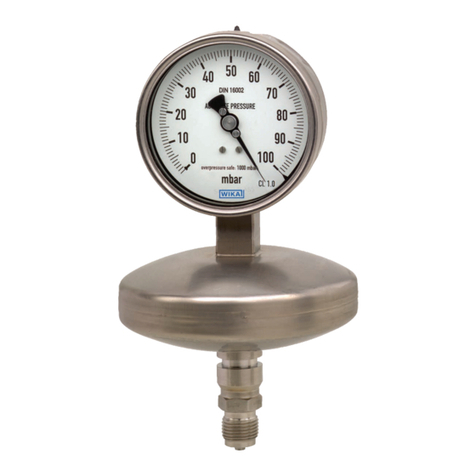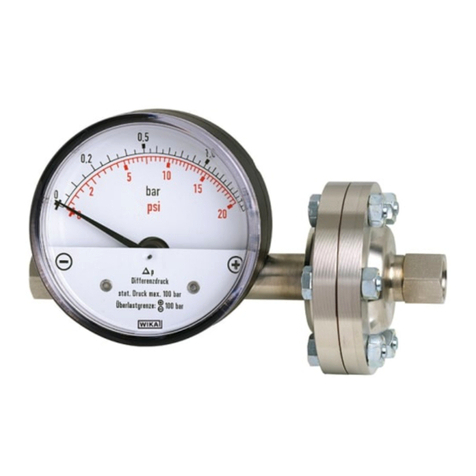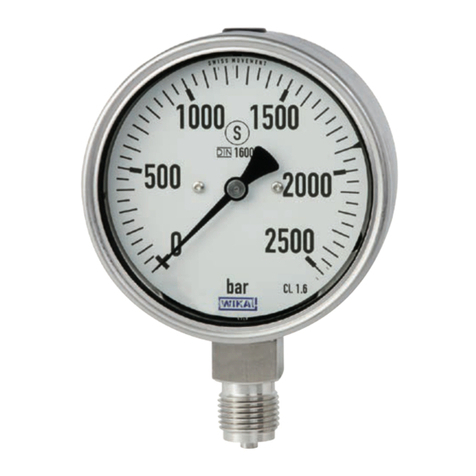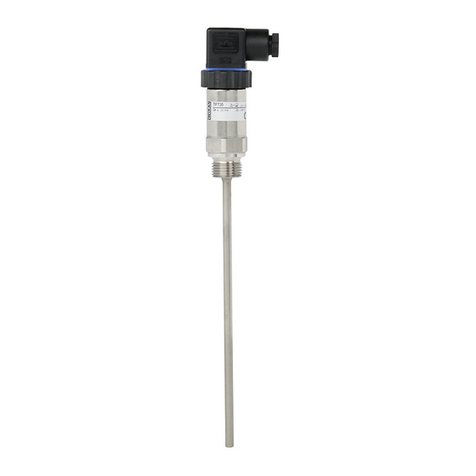WIKA 821 User manual
Other WIKA Measuring Instrument manuals
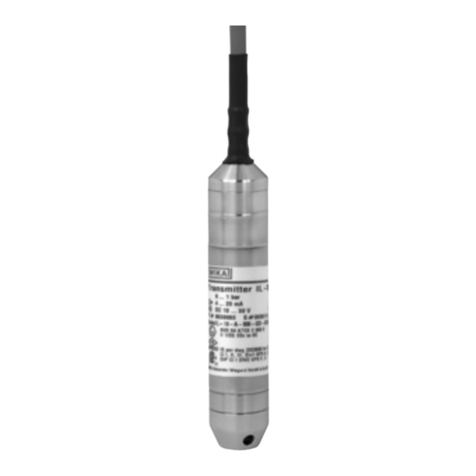
WIKA
WIKA IL-10 User manual
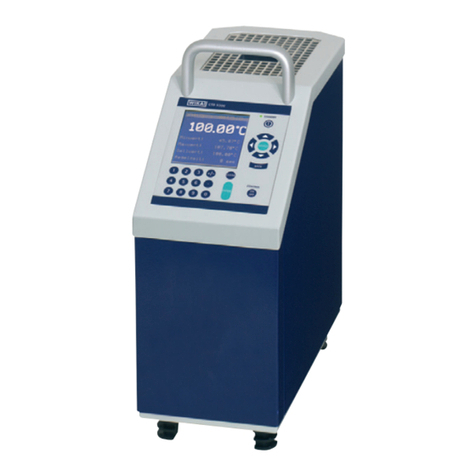
WIKA
WIKA CTD9300 Series User manual
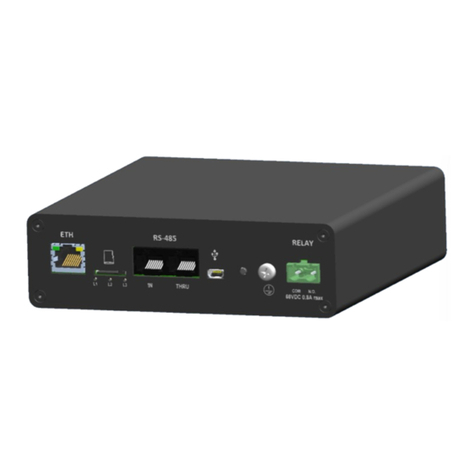
WIKA
WIKA SENSeOR AMS01 User manual
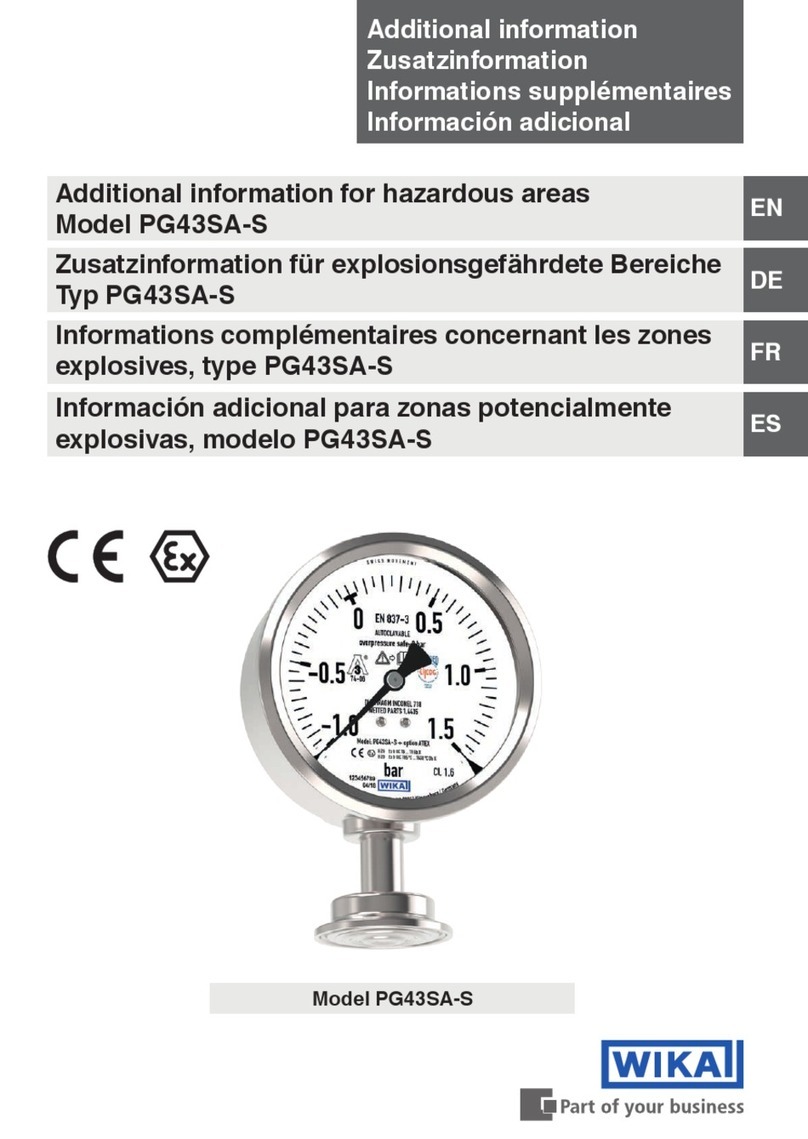
WIKA
WIKA PG43SA-S Installation manual

WIKA
WIKA DG-10 User manual
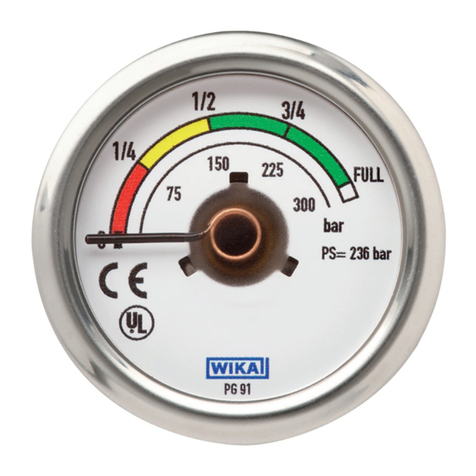
WIKA
WIKA PG81 User manual
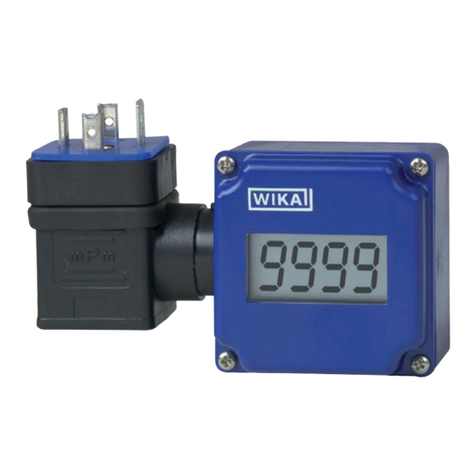
WIKA
WIKA A-AI-1 User manual

WIKA
WIKA CTD9100-1100 User manual

WIKA
WIKA A2G-10 User manual
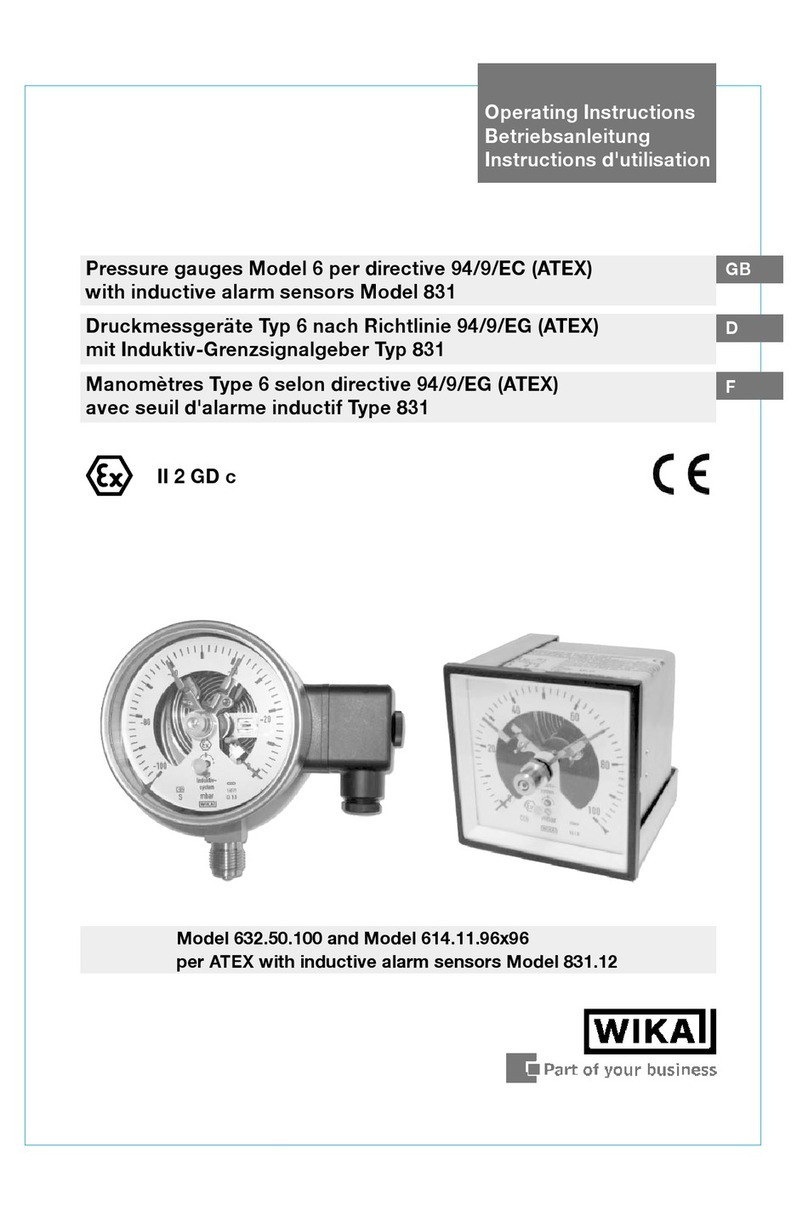
WIKA
WIKA 632.50.100 User manual
Popular Measuring Instrument manuals by other brands

Powerfix Profi
Powerfix Profi 278296 Operation and safety notes

Test Equipment Depot
Test Equipment Depot GVT-427B user manual

Fieldpiece
Fieldpiece ACH Operator's manual

FLYSURFER
FLYSURFER VIRON3 user manual

GMW
GMW TG uni 1 operating manual

Downeaster
Downeaster Wind & Weather Medallion Series instruction manual

Hanna Instruments
Hanna Instruments HI96725C instruction manual

Nokeval
Nokeval KMR260 quick guide

HOKUYO AUTOMATIC
HOKUYO AUTOMATIC UBG-05LN instruction manual

Fluke
Fluke 96000 Series Operator's manual

Test Products International
Test Products International SP565 user manual

General Sleep
General Sleep Zmachine Insight+ DT-200 Service manual
